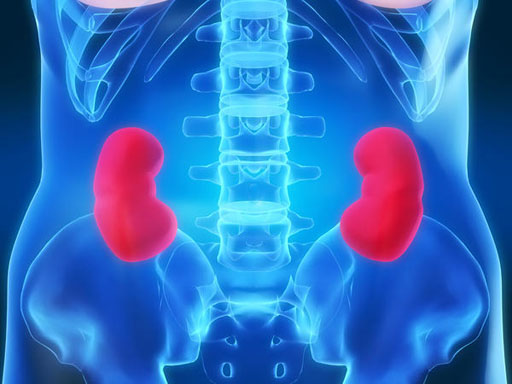Cryoablation Shows Potential as Alternative to Partial Nephrectomy
By MedImaging International staff writers
Posted on 04 Jan 2017
Researchers from the US have presented the results of a study that suggest that CT or MRI image-guided percutaneous cryoablation could be an effective and safe first-line therapy to treat patients with T1 renal cell carcinoma.Posted on 04 Jan 2017
While the current standard treatment for T1 renal cell carcinoma is partial nephrectomy, image-guided cryoablation has been used in the past 15 to 20 years as a very good alternative treatment.

Image: New research suggests cryoablation could be a safe and effective option for some patients with renal cell carcinoma (Photo courtesy of Healthtap).
The results of the study were presented at the annual Radiological Society of North America (RSNA 2016) meeting, by researchers from the Brigham & Women's Hospital (BWH; Boston, MA, USA). Image-guided cryoablation is much less invasive than partial nephrectomy and only requires the insertion of one or several needles into the tumor, and the subsequent freezing of the tumor.
The study included 285 patients with solitary renal cell carcinomas who were treated with percutaneous image-guided cryoablation. Tumors were ablated using between one and seven cryoprobes, and image guidance was provided using Computed Tomography (CT) or Magnetic Resonance Imaging (MRI) scans.
The results showed a success rate (no tumor recurrence) of 97.8% for the cryoablation treatments. The overall success rate was 99% if patients underwent a second ablation because of disease recurrence. The overall survival rates after five years and 10 years were 90% and 79% respectively. The disease-specific survival rate was 98%, and 10-year cancer-free survival was 94%.
Co-author of the study, Kemal Tuncali, MD, from the BWH, said, "A number of studies have been published looking at image-guided ablation or radio frequency ablation of kidney tumors, but all have been relatively small series. The advantage of our study is that it included a larger patient population and included intermediate and long-term follow ups."
Related Links:
Brigham & Women's Hospital










 Guided Devices.jpg)



